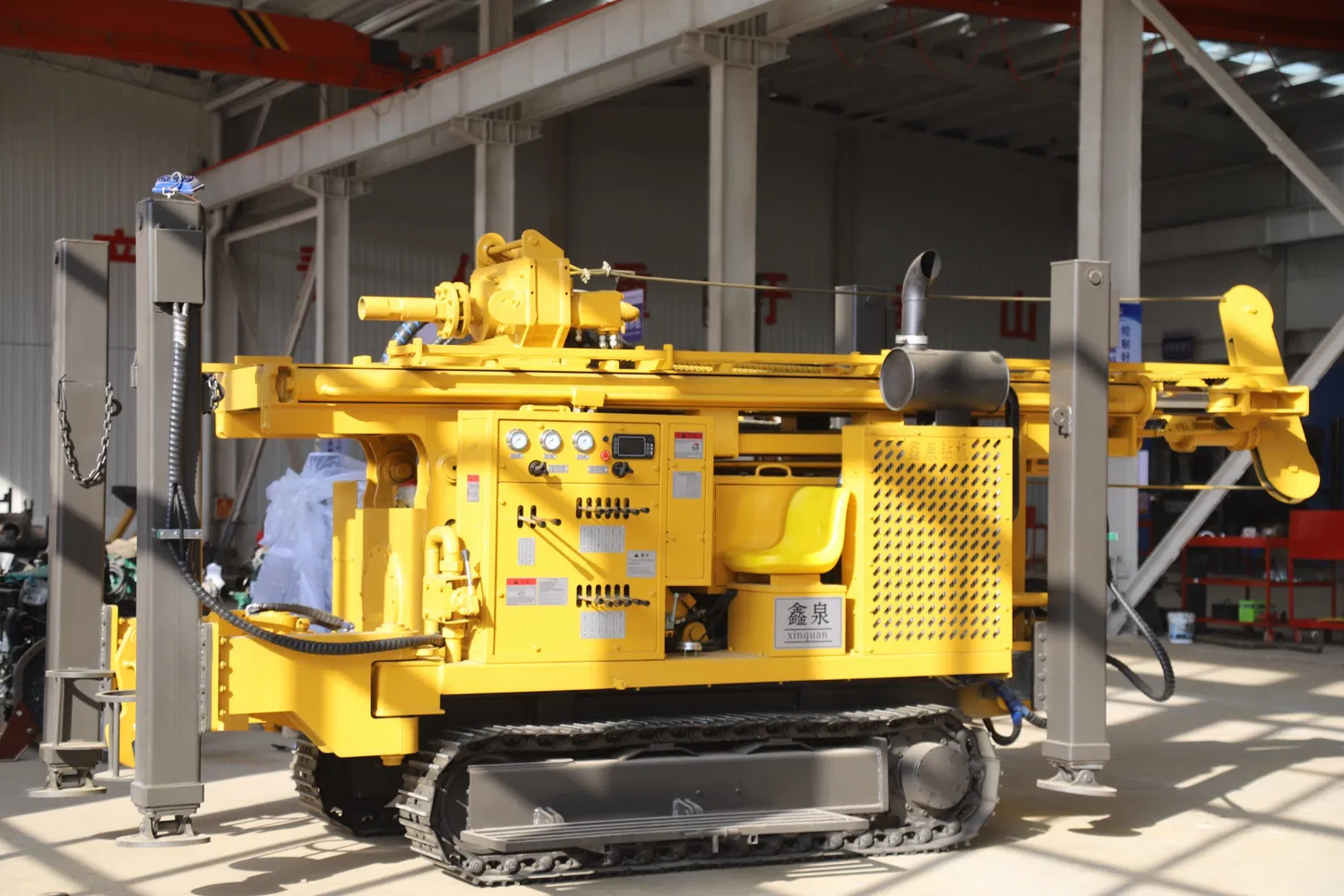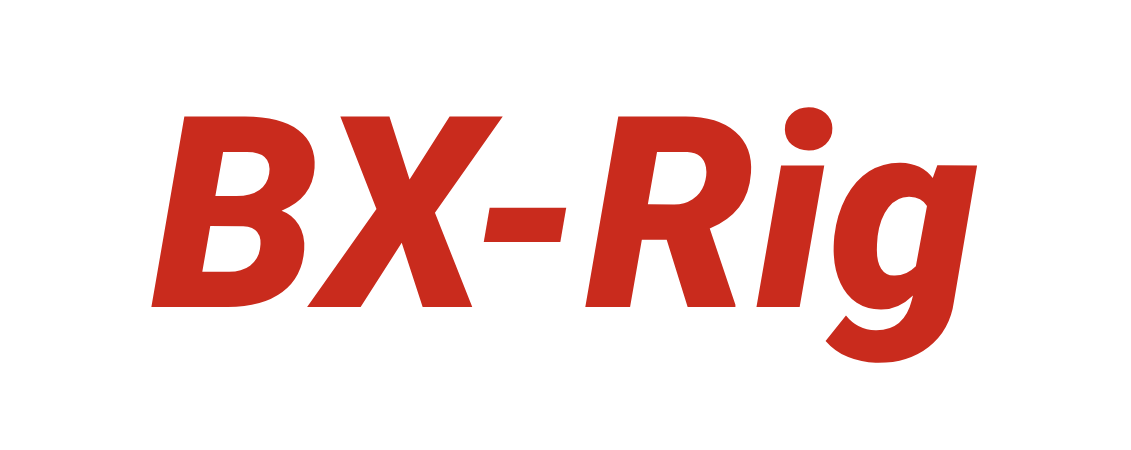How to use a water well drilling rig to achieve the highest efficiency
Precise equipment debugging lays the foundation for efficient operation
To achieve maximum efficiency for a 水井鑽機, preliminary equipment debugging is crucial. Before starting the rig, conduct a comprehensive inspection of core components like the power system, transmission system, and hydraulic system. Check if the engine oil, coolant, and fuel are sufficient. Examine hydraulic pipelines for oil leaks or damage. Ensure the drive belts have appropriate tension. These basic operations can prevent downtime caused by equipment failures during operation.

During debugging, the selection and installation of the drill bit cannot be ignored. Different geological conditions require different types of drill bits. For example, use fishtail bits in soft soil layers and roller cone bits in rock layers. When installing, ensure the drill bit is firmly connected to the drill pipe to avoid detachment during drilling. Meanwhile, adjust the rig’s rotation speed and feed pressure reasonably based on the designed depth and diameter of the water well. Excessively high rotation speed may accelerate drill bit wear, while too much pressure can easily cause drill sticking.
Additionally, regular equipment maintenance is also key to improving efficiency. After finishing the operation, promptly clean the mud and rock cuttings from the rig, add lubricating oil to each lubrication point, and check if the bolts of each component are loose. By doing these equipment debugging and maintenance tasks well, the water well drilling rig can operate in the best condition, laying a solid foundation for efficient operation.
 邦欣鑽機
邦欣鑽機